A genetic probe into the ancient and medieval history of Southern Europe and West Asia
- PMID: 36007020
- PMCID: PMC10019558
- DOI: 10.1126/science.abq0755
A genetic probe into the ancient and medieval history of Southern Europe and West Asia
Abstract
Literary and archaeological sources have preserved a rich history of Southern Europe and West Asia since the Bronze Age that can be complemented by genetics. Mycenaean period elites in Greece did not differ from the general population and included both people with some steppe ancestry and others, like the Griffin Warrior, without it. Similarly, people in the central area of the Urartian Kingdom around Lake Van lacked the steppe ancestry characteristic of the kingdom's northern provinces. Anatolia exhibited extraordinary continuity down to the Roman and Byzantine periods, with its people serving as the demographic core of much of the Roman Empire, including the city of Rome itself. During medieval times, migrations associated with Slavic and Turkic speakers profoundly affected the region.
Conflict of interest statement
Figures
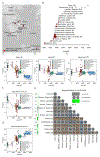
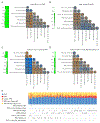
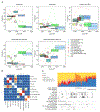
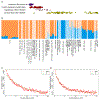

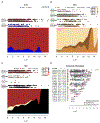
Comment in
-
Ancient genomes and West Eurasian history.Science. 2022 Aug 26;377(6609):922-923. doi: 10.1126/science.add9059. Epub 2022 Aug 25. Science. 2022. PMID: 36007032
References
-
- Perseus Digital Library. Ed. Gregory R. Crane Tufts University. http://www.perseus.tufts.edu (accessed 2021-2022).
Publication types
MeSH terms
Grants and funding
LinkOut - more resources
Full Text Sources

